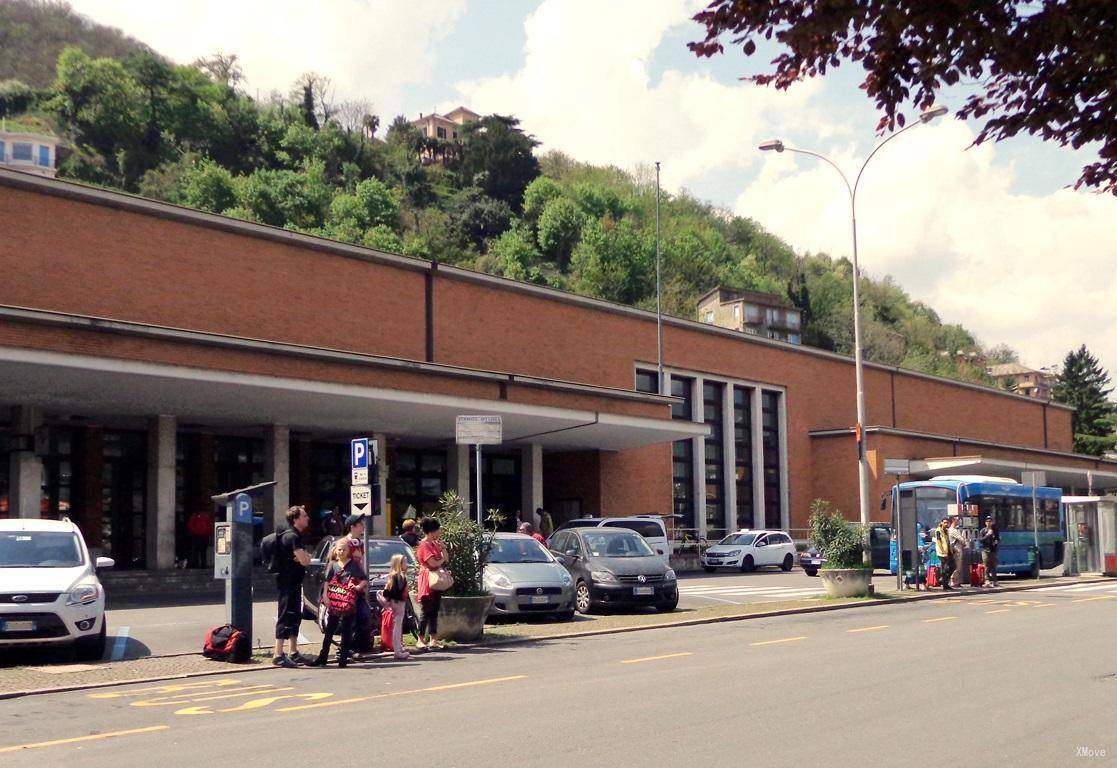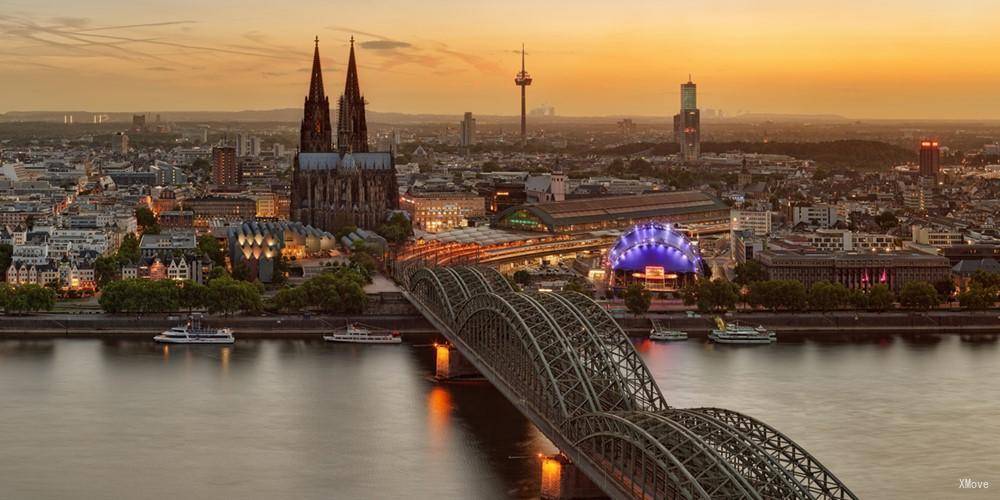Koeln Hbf
Köln Hauptbahnhof (Köln Hauptbahnhof) is the main railway station in Cologne, Germany. It serves 280,000 passengers a day and is the fifth busiest train station in Germany. Because Cologne is close to France, the Netherlands and other places, the station has become a stop for many high-speed trains and overnight trains, such as ICE, Thlays and so on. The central station is located in the city centre, next to the famous Cologne Cathedral and a few minutes walk from the banks of the Rhine. The station was first opened in 1859 and rebuilt after the war. The current station was built in 1957.
The station is an important place for national and international train hubs, with many ICE, Thalys and Intercity trains, as well as RegionalExpress, RegionalBahn and local S-Bahn trains. EuroNight and DB NachtZug night service are also parked at the station. The train connects Frankfurt with the Cologne-Frankfurt high-speed rail line, which starts in the south of Cologne.
The various channels below the track contain shops, cafes and food and drinks. The station is a very safe place, even late at night. The station number is from 1 to 11. The station is not very large. You can walk from station 1 to station 11 within 2 or 3 minutes, even if you have luggage. The station departure screen will show which platform your train departs from. High-speed and long-distance trains such as IC, ICE, and EC use 1-9 stations. The ICE train goes to Brussels and Thalys trains to Brussels and Paris, using 5-9 stations. The S-bahn train goes to Koln Messe / Deutz and goes to platform 10, which will be used every few minutes.
There are 9 stations for long-distance and regional trains, 2 suburban trains (S-Bahn) platforms and 2 subway (U-Bahn) platforms. There is another important station in Cologne, located at the KölnMesse/ Deutz train station opposite the Rhine, about 400 metres from the train station. The station is connected by the Hohenzollern Bridge, a six-track railway bridge with sidewalks on each side. Frequent train services connect two stations. If you have a DB long-distance ticket, you can use the DB First Class Lounge, which offers complimentary tea, coffee, beer and snacks as well as free WiFi. The entrance is on platform 1 and follow the signs to the DB Lounge. It is usually open daily from 07:00-21:00. There are many cafes, shops and kiosks in the passage below the platform for guests to buy food and drinks. The best place is the REWE To Go supermarket located in the passage below the 6 and 7 platforms.
WiFi is available at the station and is free for the first 30 minutes. There are various ATMs around the station. If you need to store your luggage, check the Baggage Locker page for pricing and opening hours. Cologne has an innovative left-luggage system – a self-service luggage storage machine that takes your luggage to the ground and stores it when you enter your password. The machine is located in the main passage outside the DB Travel Center.
Koeln Hbf - Station Guide | Departures and Arrivals | Popular Routes









